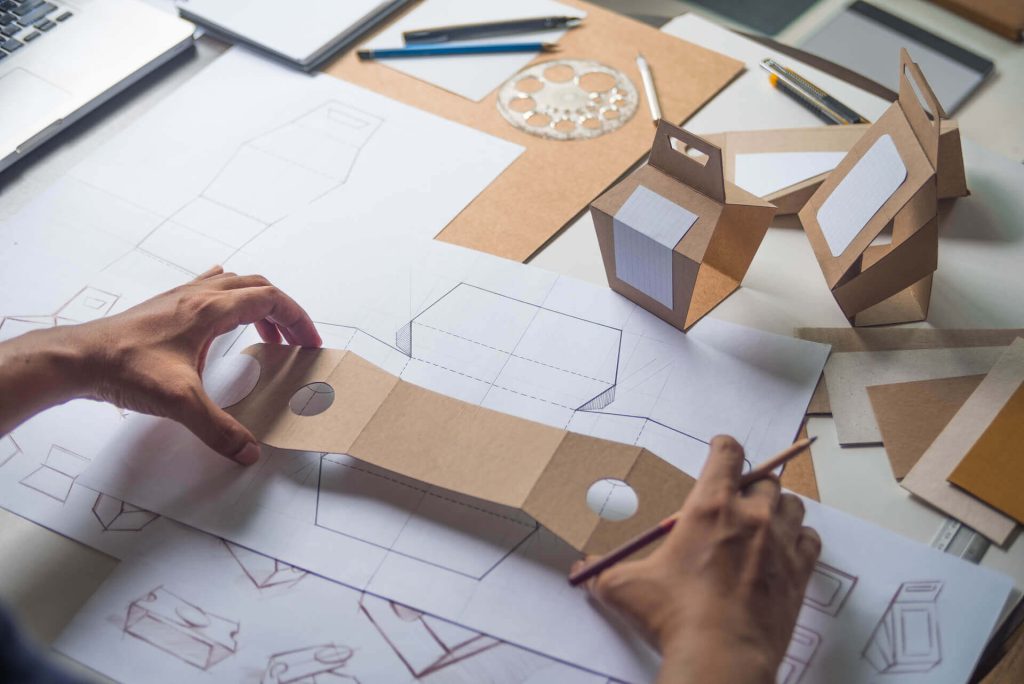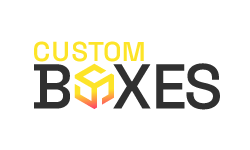“A brand is the set of hopes, memories, stories, and relationships that influence a customer to choose one product or service over another.”
Everything in our surroundings was designed for psychology. You may not realize it, but your office lights are cool-colored because they increase alertness.
If walls and other interior components are blue, it may not just be an aesthetic choice—blue is associated with imagination.
Therefore, it’s no surprise that your daily brands are designed with your psychology.
This is branding psychology.
By using branding psychology, you connect with your audience intimately. You show you understand who they are, what they value, what they believe in, and most importantly, what they need from their favorite businesses.
Understanding brand dedication psychology is essential for every brand that wants to succeed—and who doesn’t?
How Does Custom Branding Affect Psychology?
Keep it in mind when studying branding psychology and procedures. Branding is a continuous activity that demands work.
Branding connects businesses to customers. Positioning yourself as a familiar friend or somebody to strive to communicates your brand’s ideals.
It works because customers see brands as individuals, not companies. Consider developing your business identification and branding like a video game avatar—what does it like?
What they dislike? Also, what do they represent? They express themselves how?
Branding reflects these features and helps customers build opinions of your brand. This is shaped by psychology, thus it’s important to consider while building your brand.
The Science of Brand Psychology
Branding psychology is science, not a business word. It focuses how brands use psychological concepts to interact with their audiences. The following principles apply:
- Color psychology
- Pattern recognition
- In-groups and belonging
- The five brand personalities
Color Psychology
Our blog thoroughly covers color psychology. Seeing different colors inspires different feelings.
Some feelings seem intrinsic, while others are culturally influenced. Think about how red symbolizes heat, anger, and hot opinions and green represents nature. Color psychology for print marketing at work. Colors communicate brand values, pricing ranges, and customer personas.
Unsure of your brand’s color? Contact Product Packaging UK. It gives you suggested brand colors based on who you are by entering your brand’s qualities, such as professional or informal, inexpensive or luxurious.
Pattern Recognition & ConsistencyPattern Recognition & Consistency
Programming allows humans to recognize patterns. In branding psychology, a consistent brand is strong. People trust your brand when it has the same tone of voice, color palette, logo, graphics, and user experience across all interactions. Trust is key to loyalty.
What happens without audience consistency? Your brand cannot connect with them. Running hot and cold with interactions and look and feel will make your brand forgettable, even if it’s crazy, funny, and spontaneous. Create something constant to remember.
The Five Brand Personalities
Branding psychology indicates with the five brand personalities. This idea states that there are five brand personalities, each communicating with its audience through unique features.
They are:
Sincerity. Family-oriented, compassionate, and thoughtful brands. Band-Aid promotes sincerity as a must-have in every family’s medicine cabinet.
Excitement. Excited brands are carefree, youthful, and joyful. Red Bull is an exciting brand that promotes expressive behaviors when people consume it and get “wiiiiiiings”.
- Ruggedness. A rugged brand inspires through athleticism, toughness, and a rough-around-the-edges feel. Jack Daniels’ black label and old-school “manly” image convey roughness.
- Competence. These brands celebrate leadership, impact, and aspiration. Chase Bank’s trustworthy geometric logo and no-gimmick customer service demonstrate its competence.
- Level of sophistication. Luxury and prestige are not hidden by brands with this persona.
- Not all elegant brands are the same or have a single approach to exhibit roughness. These characters are templates, not brand identities.
- The idea is to engage with an established in-group, as individuals prefer brands that reflect their values.
Five ways to maximize branding psychology:
Be Clear and Consistent
Your audience wants consistency, as said above. If you’re not compatible, they’ll stop expecting anything from you, making your brand forgettable. Introduce your new branding on your website and social media. Let your email list know about the change.

Your brand can alter in the future. You may find your original brand character constricting as you grow into new markets and extend your products.
Change is purposeful and involves continuing audience communication (more on that later).
Implement your new branding gradually. This avoids alienating individuals or making them think you’ve closed.
Communicate clearly—avoid deceiving the audience.Communicate clearly—avoid deceiving the audience.
Intentionally brand. Do not leave anything to the buyer’s imagination because they may create assumptions.
Instead, be courageous and say who you are. Say it if you care. Show off your ornateness. And openly communicate your brand’s message.
Utilize proven color, font, and shape associations
Human psychology evolved over millennia. You can’t rewrite it in a post or clever ad.
Instead of trying to convince your audience that red is relaxing and sans serif fonts are sophisticated, use color, font, and form associations.
Read About Font: 14 Free Fonts To Help Your Custom Printed Boxes UK A Futuristic Aura
Brands choose design because it works. Branding psychology is more science than art, and study and data collection achieve these goals.
Learn how others think and observe
Maintaining current knowledge of psychology, sociology, and related fields is essential to branding psychology.
Don’t settle—branding is a lifelong pursuit. Understanding human behavior is crucial to
making your brand feel real rather than a faceless “thing.” It allows your brand to act like a person, not a robot.
If you don’t know the color pallet, contact CustomBoxes UK! Our consumers get the best, most valuable guide!
Your audience can likely be separated into subgroups, even when they share a common attribute.
The procedure is segmentation. Segmenting your audience lets you personalize their experiences.
Consider a coffee roastery. Because you sell coffee, your customers are connected. But you retail and wholesale.
Your brand may be more significant to customers who buy individual cups of coffee at your coffee shop because you open later than your competitors. You grab night owls hungry for caffeine and offer a variety of flavors so everyone can find something they like. One section.
A personalized brand relationship makes buyers feel like friends, not customers.
Reach Your Audience with Optimized Design
An skilled designer that understands branding psychology is needed to connect with your audience scientifically.
Branding psychology goes beyond choosing a color palette and connecting your brand with principles to understand what motivates your audience to make decisions and express themselves in certain ways.






